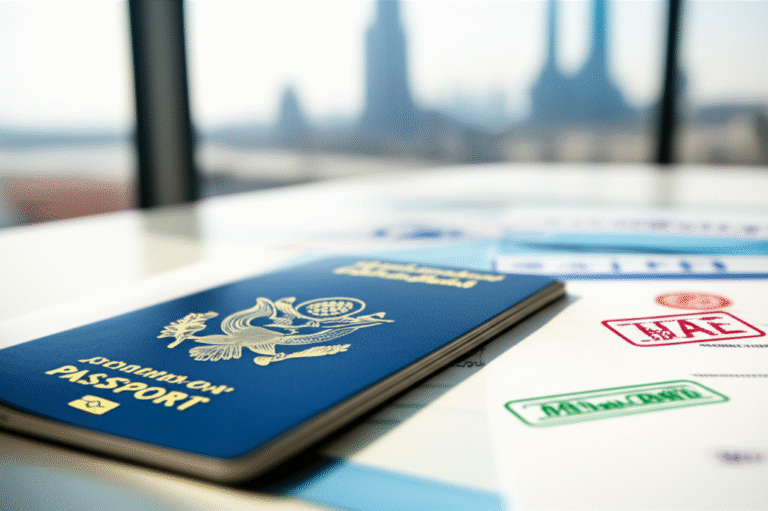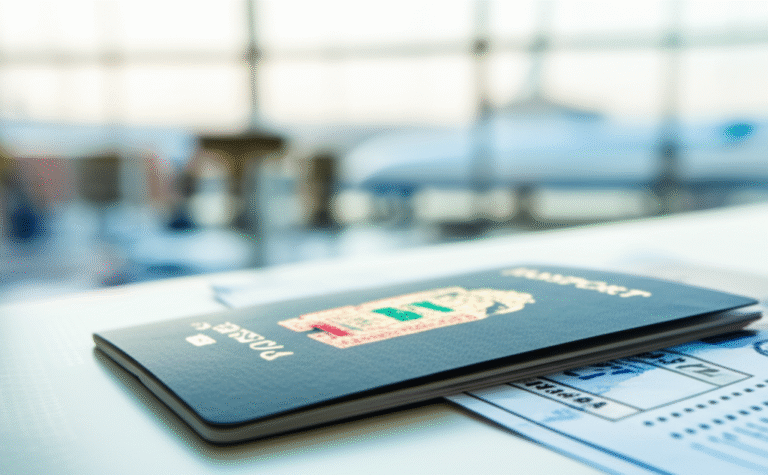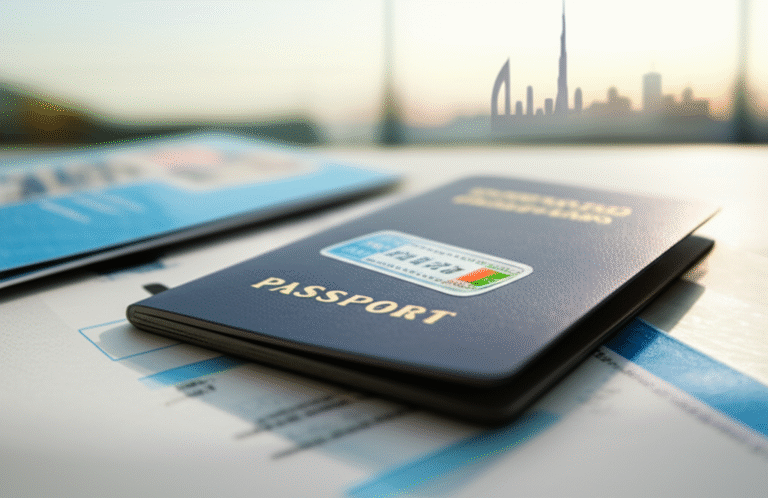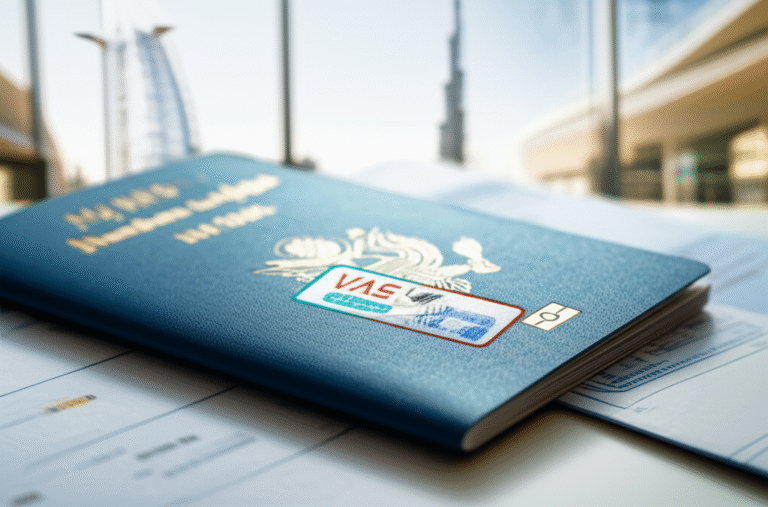How to Remove Absconding Case in Immigration
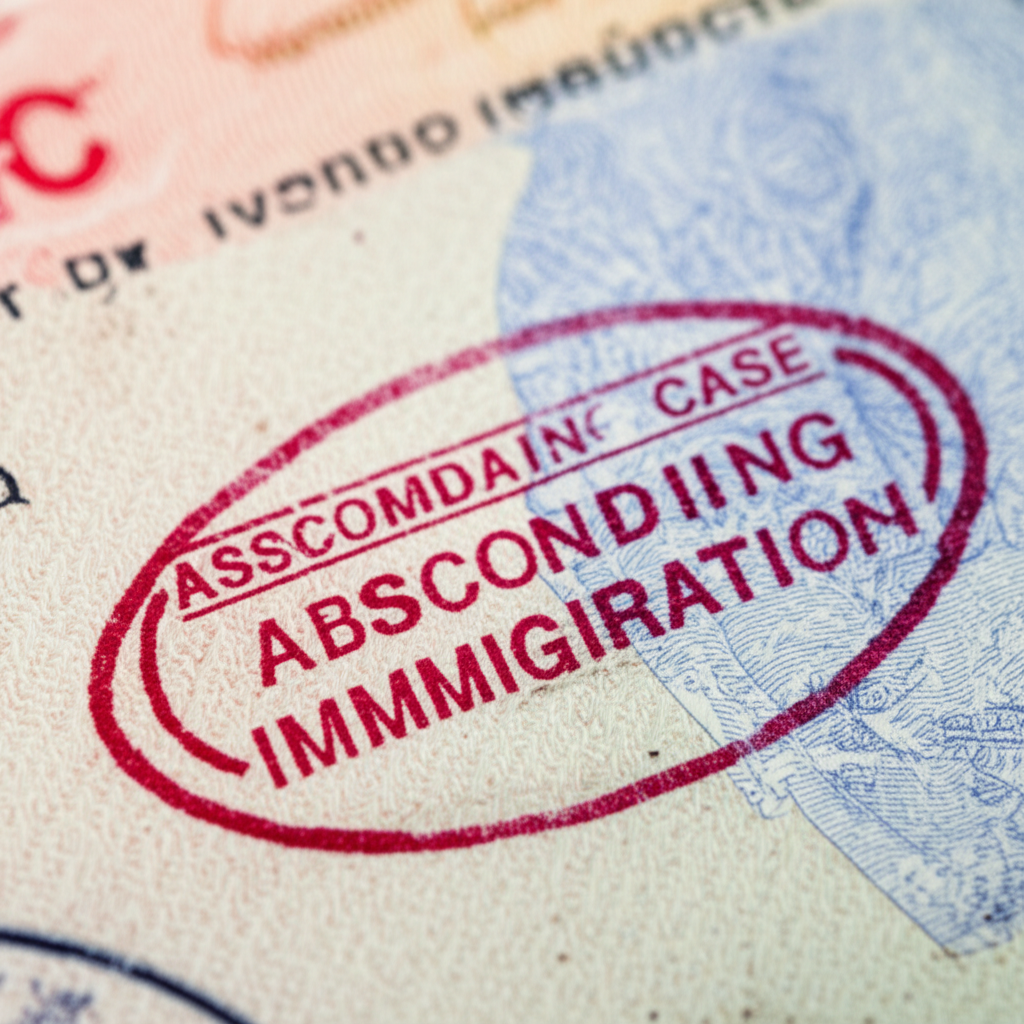
Facing an absconding case in immigration can feel daunting, but it’s often resolvable. This guide offers clear, step-by-step advice on how to remove an absconding case in immigration, focusing on understanding the process, gathering evidence, and seeking professional help to clear your record and move forward confidently.
It’s natural to feel a little anxious when you encounter the term “absconding case” in the context of immigration. This often happens when someone has overstayed their visa or violated immigration terms without reporting to the authorities. It can feel like a significant hurdle, but please know you’re not alone, and there are definitely ways to address it. Many people find themselves in this situation for a variety of reasons, and the good news is that it’s often possible to resolve these cases. We’re here to guide you through this process with calm, clear steps, helping you understand exactly what needs to be done to remove an absconding case in immigration and get your immigration journey back on track.
Understanding What an Absconding Case is

Before we dive into how to remove an absconding case in immigration, let’s clarify what it actually means. An absconding case, in immigration terms, typically arises when an individual, who has been granted a specific visa or immigration status for a limited period, fails to depart the country by the stipulated end date or violates the conditions of their status without proper authorization.
Think of it as not following the agreed-upon rules of your immigration stay. This could include:
- Overstaying your visa by more than the permitted grace period.
- Working without the necessary authorization (if your visa doesn’t permit it).
- Failing to report a change in your circumstances as required by immigration law.
- Leaving a country after being ordered to do so but not complying with the departure orders.
When such a violation occurs, an immigration authority may declare the individual as having an “absconding case” or being an “absconder.” This designation can have significant consequences for future immigration applications, not just in the country where the violation occurred but potentially in other countries as well, due to international information sharing.
Why is it Important to Address an Absconding Case?

Ignoring an absconding case is rarely a good idea. It’s like leaving a problematic situation unresolved, which can only grow bigger and more complicated over time. Addressing it promptly is crucial because:
- Future Travel Restrictions: Having an absconding case on your record can make it very difficult, if not impossible, to enter the country again in the future. Many countries share immigration violation data.
- Impact on Future Applications: If you plan to apply for visas, residency, or citizenship in this country or elsewhere, an absconding case will almost certainly be flagged and can lead to denial.
- Potential for Deportation: If you are still in the country and found to have an absconding case, you could be subject to detention and deportation proceedings.
- Peace of Mind: Resolving the issue, even if it requires effort, brings immense relief and allows you to move forward without the constant worry of this unresolved matter.
The good news is that understanding these implications is the first step towards finding a solution. Now, let’s look at how you can actually tackle this.
How to Remove an Absconding Case in Immigration: A Step-by-Step Guide

Navigating the process of removing an absconding case in immigration requires patience, detailed information, and often, professional support. Here’s a breakdown of the typical steps involved:
Step 1: Understand the Specifics of Your Case
The very first thing you need to do is gather all information related to your immigration status and the alleged violation. This means finding:
- Your passport and all previous visas and entry/exit stamps.
- Any correspondence from the immigration authorities regarding your status or violations.
- Details of your visa type, its expiry date, and any conditions attached to it.
- The specific immigration laws or regulations you are alleged to have violated.
You need to know precisely why the case is considered “absconding.” Was it an overstay? Did you work illegally? Was there a failure to report a change? The exact reason will shape the approach you take.
Step 2: Determine Your Current Location and Status
Are you still in the country where the absconding case occurred, or are you in another country? This significantly impacts the process.
If You Are Still in the Country:
This is a more complex situation. You may be at risk of detention if your status is discovered. It’s often advisable to seek legal counsel immediately before making any contact with immigration authorities. They can advise you on the best way to present yourself and address the situation.
If You Are in Another Country:
This can sometimes be easier to address, as you are not subject to immediate detention. However, you will need to resolve it to be able to travel back to the original country or apply for immigration elsewhere.
Step 3: Gather Evidence to Support Your Case
This is a critical step. You need to build a strong case to explain your situation and, if possible, demonstrate that your violation was unintentional or due to extenuating circumstances. Evidence might include:
- Proof of Departure (if applicable): If you have evidence that you attempted to depart by the deadline or that you left shortly after, this can be crucial.
- Medical Records: Serious illness of yourself or a close family member that prevented you from departing or reporting.
- Proof of Unforeseen Events: Documented evidence of natural disasters, political unrest, or other events that made departure impossible or unsafe.
- Evidence of Attempts to Rectify: If you tried to contact immigration authorities or sought legal advice before the violation became severe, documentation of these attempts is vital.
- Proof of Bona Fide Intent: For example, if your intention was always to return home and you had strong ties there, evidence like property ownership, family responsibilities, or a job waiting for you can be helpful.
- Financial Records: Showing continued financial ties to your home country or demonstrating that you did not engage in unauthorized work.
The more credible and well-documented your evidence, the stronger your case will be.
Step 4: Decide on Your Strategy: Self-Help vs. Professional Assistance
This decision depends heavily on the complexity of your case and your comfort level with legal procedures.
Self-Help:
If your case is straightforward (e.g., a minor overstay with strong mitigating circumstances and clear evidence), you might consider handling it yourself. This would involve carefully filling out the required forms and submitting your evidence directly to the immigration authority. However, this path requires meticulous attention to detail and a thorough understanding of immigration laws.
Professional Assistance (Highly Recommended):
For most individuals, especially those with complex situations, a history of violations, or those facing potential detention or deportation, hiring an immigration lawyer or a registered migration agent is highly recommended. An experienced professional can:
- Assess the strength of your case.
- Advise you on the best legal strategy.
- Help you prepare all necessary documentation accurately.
- Represent you before immigration authorities or tribunals.
- Navigate the intricate legal procedures and deadlines.
Finding the right professional is key. Look for individuals or firms with a proven track record in handling immigration violations and cases similar to yours. You can often find reputable immigration lawyers through bar associations or immigration advocacy groups.
Step 5: Filing the Necessary Application or Petition
The exact form and process will vary significantly depending on the country’s immigration system. Generally, you will need to file a specific application to formally request the removal or correction of the absconding designation. This might be part of:
- A visa application (where you declare your past issues and explain them).
- A waiver application (requesting forgiveness for the violation).
- A petition to reopen or review a previous decision.
- A voluntary departure application (if you are still in the country and wish to leave).
Your immigration lawyer will guide you on the correct forms and the specific procedures for the relevant immigration authority. For example, in the United States, if you have an overstay, you might need to apply for a waiver of inadmissibility when you attempt to re-enter or adjust your status. In Canada, this might involve a mitigation package or a letter of explanation as part of a new application. The UK has specific routes for individuals with past overstays or violations.
Key Resource:
For general information on immigration policies and procedures, you can often refer to the official government immigration websites of the country in question. For instance:
- USA: U.S. Citizenship and Immigration Services (USCIS) – www.uscis.gov
- Canada: Immigration, Refugees and Citizenship Canada (IRCC) – www.canada.ca/en/immigration-refugees-citizenship.html
- UK: GOV.UK – www.gov.uk/browse/visas-immigration
Always ensure you are using the official government site for accurate information.
Step 6: The Decision Process and Potential Outcomes
Once you have submitted your application and all supporting evidence, the immigration authority will review your case. This process can take time, and it’s important to be patient.
The outcome will depend on several factors, including:
- The severity and duration of the violation.
- The strength and credibility of your evidence.
- Your overall immigration history.
- The specific laws and policies of the country.
- The discretion of the immigration officer or adjudicator.
Possible Outcomes Include:
- Case Removed/Cleared: The designation of “absconding” is officially removed from your record. This is the ideal outcome, allowing you to proceed with future immigration plans without this impediment.
- Waiver Granted: The authorities may forgive the violation, allowing you to reapply for a visa or status, often with certain conditions.
- Appeal/Reconsideration Required: If your initial application is denied, you may have the option to appeal or request a reconsideration, possibly with new evidence or legal arguments.
- Departure Order Issued: In some cases, especially if you are still in the country and the violation is significant, you may be ordered to depart the country, possibly with a ban on re-entry for a period.
It’s essential to be prepared for all potential outcomes and to follow any instructions or conditions precisely.
Common Reasons for Absconding Cases and How to Mitigate Them

Understanding why these cases happen can help you prevent them or build a stronger argument if one has occurred.
| Common Reason for Absconding Case | How to Mitigate or Explain |
|---|---|
| Visa Overstay (Unintentional) Misunderstanding expiry dates, lost documents, or assuming a grace period. | Provide proof of your intended departure dates (e.g., booking confirmations). If you were unaware of the exact expiry, explain how this misunderstanding occurred. Submit evidence of your strong ties to your home country. |
| Health Issues Serious illness preventing departure or reporting. | Official medical documentation from a certified doctor detailing the illness, treatment, and the period of incapacitation. This should include a statement that you were medically unfit to travel. |
| Family Emergencies Death or critical illness of a close family member requiring your presence in your home country or preventing travel. | Death certificates, doctor’s notes for critically ill family members, and proof of your relationship. Evidence showing the necessity of your presence. |
| Lack of Funds for Return Travel Inability to afford the flight back home. | This is a weaker argument on its own. Stronger mitigation would involve demonstrating efforts to secure funds, showing you were actively seeking employment or assistance to return, and providing evidence of your intent to depart. |
| Incorrect Immigration Advice Relying on incorrect information from unqualified sources. | Document any advice received (e.g., emails, written notes). While not always a complete defense, it can show you acted in good faith based on misinformation. However, the ultimate responsibility often lies with the individual. |
Frequently Asked Questions
Q1: Can I travel internationally if I have an absconding case on my record?
It’s highly unlikely you’ll be able to travel to the country where the case occurred. Many countries also have agreements to share immigration violation data, so it could affect your ability to enter other nations as well. Addressing the case is essential for future travel.
Q2: How long does it take to remove an absconding case in immigration?
The timeline can vary greatly, from a few months to over a year, depending on the country, the complexity of your case, the backlog at the immigration authority, and whether you need to attend hearings. Patience and thorough preparation are key.
Q3: What happens if I try to re-enter the country with an absconding case?
You will likely be stopped at immigration, questioned, and denied entry. Depending on the circumstances and the country’s laws, you might be detained and face deportation proceedings. It’s usually better to address the issue proactively before attempting to travel.
Q4: Can I apply for citizenship if I had an absconding case in the past?
This depends entirely on the country’s laws and whether the case was successfully resolved (e.g., a waiver was granted, or the designation was removed). Many countries require a spotless immigration record for citizenship. You will almost certainly need to disclose the past issue and have proof that it has been resolved or forgiven.
Q5: Is it possible to get an absconding case removed if I’m still in the country?
Yes, it is possible, but it’s a more delicate situation. It often involves self-reporting or working with an immigration lawyer to clarify your status and present your case. The priority is usually to regularize your status or arrange for your departure in an orderly manner.
Q6: Should I hire a lawyer?
For most absconding cases, especially if you are still in the country or if the violation is significant, hiring a qualified immigration lawyer is highly recommended. They have the expertise to navigate complex laws and procedures, increasing your chances of a favorable outcome.
Moving Forward with Confidence
Encountering an absconding case in immigration can feel overwhelming, but it’s a situation that many people successfully navigate. The most important step you can take is to address it head-on with clear information and a well-thought-out plan. Remember to gather all your documents, understand the specifics of your situation, and don’t hesitate to seek professional legal advice. By taking these deliberate steps, you can work towards resolving your absconding case and clearing the path for your future immigration journey. Stay calm, stay informed, and know that a resolution is often within reach.

